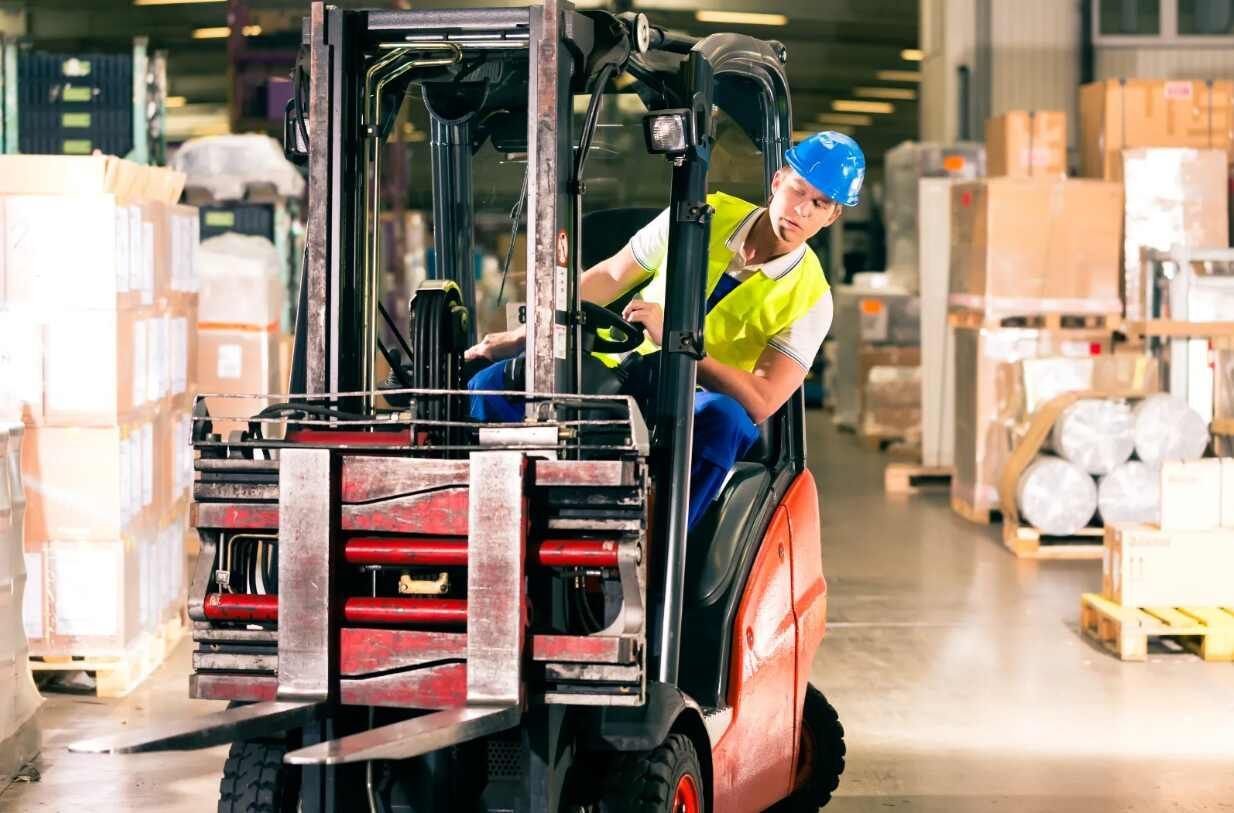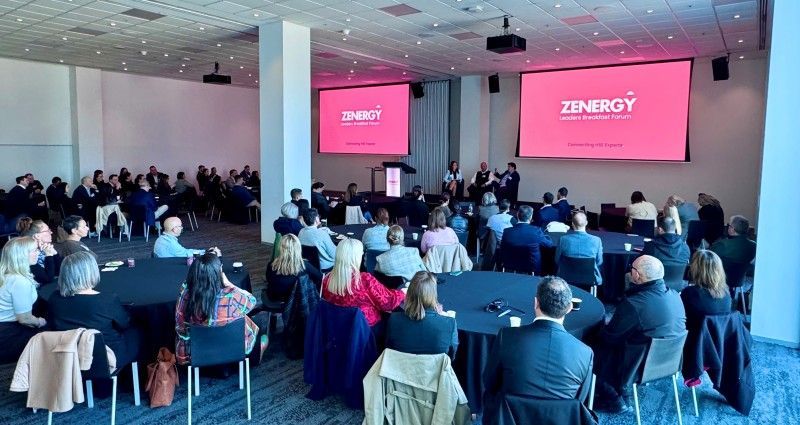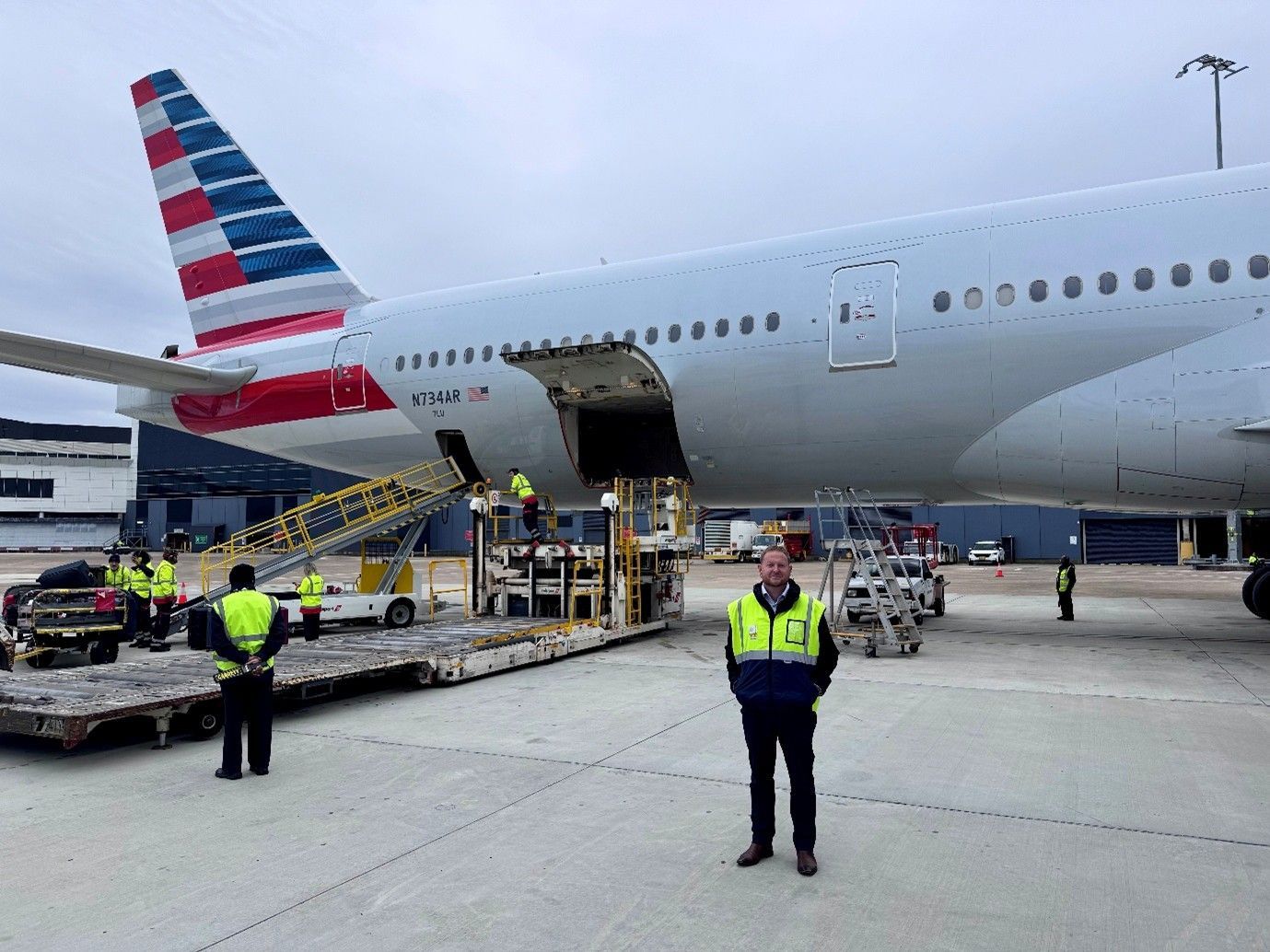Common Causes Of Forklift Accidents and How to Avoid Them
Reasons and Common Causes Of Forklift Accidents And Ways To Avoid Them

Forklifts, also called industrial lift trucks, are used to lift, stack and transfer loads in many workplaces across Australia. Forklifts are used to lift, load, unload, stack and transfer crates, drums, pallets and other materials. Because of their wide range of uses, forklifts are one of the most useful and widely used pieces of machinery in our workplaces. However, they also have the potential to be one of the most dangerous.
Every year they continue to cause workplace deaths and injuries resulting in substantial financial and human costs for workers, industry and the community.
The three main reasons workers are killed or seriously injured in forklift incidents are:
- being hit or crushed by a forklift
- being crushed in a forklift tip-over.
- being hit or crushed by a load that the forklift is moving
Forklift incidents can be prevented, especially when workers and businesses work together to improve health and safety at work.
So, what are the four common causes of forklift accidents and ways to avoid them?
Number 1: insufficient or improper equipment training - A forklift driver or an equipment operator needs to be properly trained on operating the machinery as insufficient training can be hazardous for the workplace. Without proper equipment training, an operator puts their life in danger and the life of other employees working in the workplace.
Number 2: faulty/damaged equipment - Another common cause for forklift accidents is poor maintained or faulty. The best way to reduce the possibility of a faulty forklift or an equipment break down while in operation is to conduct routine maintenance checks.
Number 3: speeding - If a forklift driver is speeding while operating a forklift, it can lead to an accident with devastating results. Speeding can also result in a collision between the equipment and people. Not only will this damage the equipment but also risk bodily harm to people.
Number 4: workplace layout or design - The workplace layout is a huge factor to be considered for workplace safety and efficiency as it directly affects the workers' ability to work productively and in a safe environment. Narrow aisles or traffic routes, low lighting, sharp turns, inadequate floor markings or signage are all important factors that can increase the risk of an accident.
In summary, a workplace has all the makings of potential hazards to forklift operators and employees alike. However, most of the situations can be avoided with due diligence, maintenance and proper equipment training for all employees.
Zenergy eLearning - Forklift Safety Awareness
This online course introduces you to requirements and obligations regarding the use of forklifts in the workplace which can pose considerable danger to workers. While those who operate forklifts require a specific licence, it is also important for other workers to have knowledge of their operation and risks in the workplace. This is an awareness course and does not qualify you to operate forklifts or other mobile equipment.
The aim of this online course is to give you an understanding of the dangers and risks of forklifts in the workplace, keeping people and forklifts separated, Traffic Management Plans, and the requirements and obligations of operating a forklift safely and moving around the work environment.
Click on the following link to review further course details: Forklift Safety Awareness







